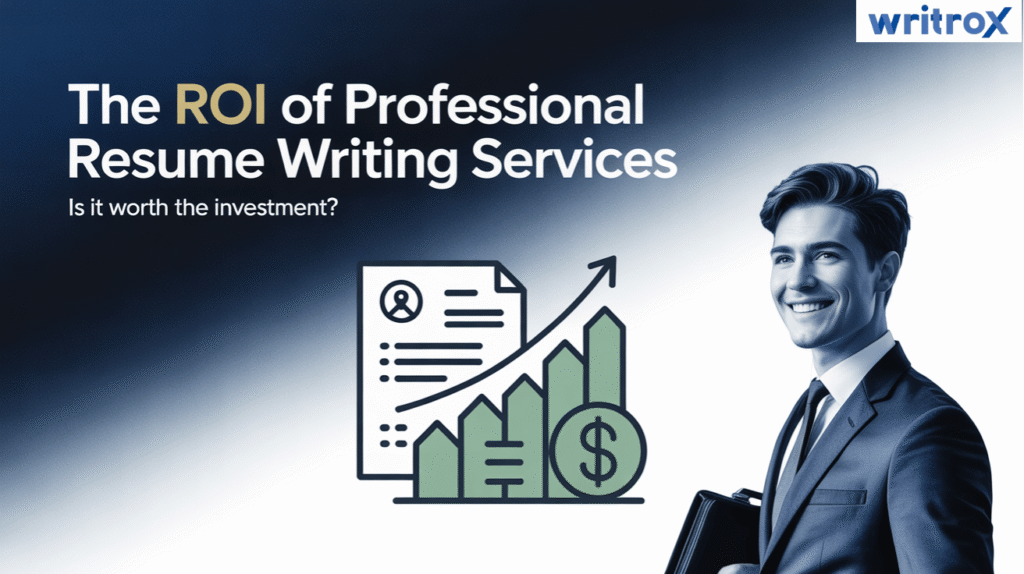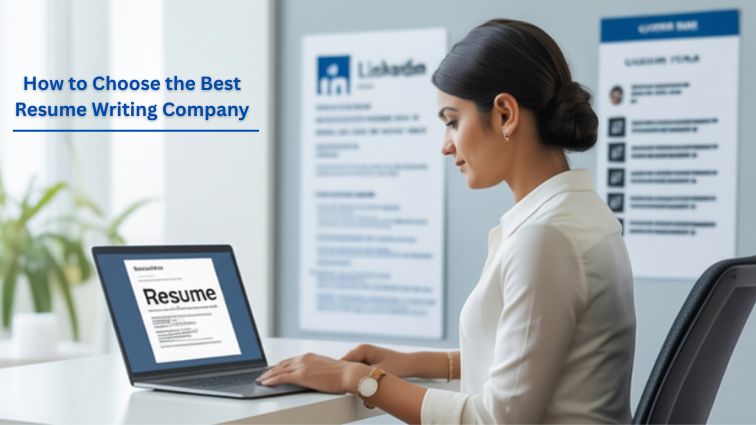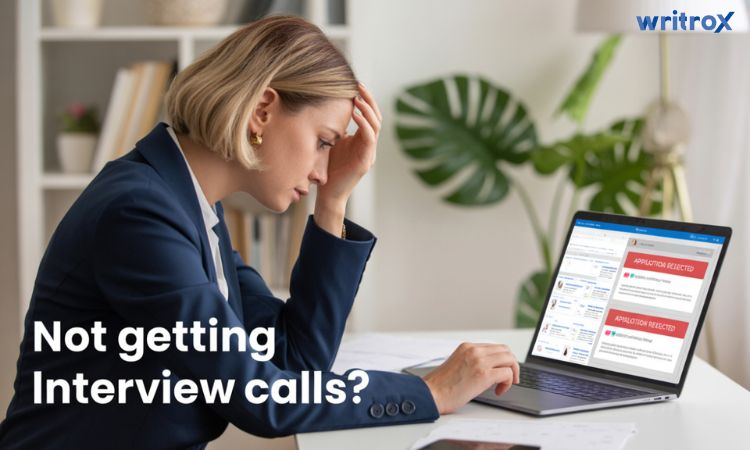Unlock Your Earning Potential with a Professional Resume in Mumbai
The job market of Mumbai is highly competitive, and it’s extremely tough to get a job in Mumbai. A resume is actually not just a first impression but your main impression that you go ahead with till your final interview in the job search. This is where the resume writing services in Mumbai come in and handle it. These are the real experts where employees can actually transform their future and career prospects. When you have the right resume, you have the opportunity to boost your earning potential by a lot. Resume writing services will help you customize your resume to the local needs and thus ensure that your resume performs the best. Don’t just miss out—you need a professional now. Why Your Resume Is Your First Impression In the first place, in a quick world, just think about the number of candidates sending resumes to get a job. Employers, although having time and resources, still cheap out on human resources and try to make the job faster for no reason and to show their importance. Therefore, employers just spend seconds on your resume. If they don’t find what they’re looking for, your resume is instantly rejected. Professional resume writing services in Mumbai to understand these prospects and design and set your resume that promotes your skills and helps in highlighting your resume the right way. This is your first chance. Do make that count. How Professional Resumes Boost Your Earnings Your resume is much more than a list of jobs. This is a pure tool that shows your value. A well-written resume can provide much better and higher salary offers. Experts surely tailor it for highlighting your achievements for matching high-paying roles. They exactly know how to frame the resume to pass through different automated checks. ATS Systems and How Resume Services Handle That ATS systems can scan for keywords that are required in that job. If your resume lacks these aspects, this automated system rejects your resume. This is where the professionals know how to insert keywords for using a resume correctly. This aspect thus ensures that your resume passes through the check. Tailoring Resume for the Market They also prepare the resume for the Mumbai work market. Why Paying for a Resume Is a Great Move Most people think that a resume writing service is an expensive service. Even though these services are expensive, they shouldn’t be. You can lower their price down. On the other aspect, by getting a resume from professionals, you can actually get a higher salary. For instance, if you earn around 50,000 more than your previous year just because of a great resume, then the cost of the resume writing service is recovered easily. Writing these resumes can actually take a lot of hard work. You do save time as well, and you can focus your time towards upscaling your interview skills and other skills that can help you land that job. It’s just a small investment with great returns. That’s where the resume writing services in Mumbai can help you land that job. Avoiding Common Errors When you work with these professionals, they understand your needs and the employers’ requirements: What Makes Mumbai’s Resume Experts Special? The local experts of Mumbai can understand the job market here. For example, the financial sector in Mumbai does require certain certifications. The IT roles here need technical skills, and the healthcare sector requires clinical experience details. Experts can match your resume for these types of requirements. This makes you a great fit for this position. Some companies also include LinkedIn profile development & guidance for careers. Your LinkedIn profile must match your resume. Experts ensure that both tell the same story. This ensures a consistent appearance that is professional. It improves your chances of getting accepted by recruiters. Fast-Paced & Competitive Job Market The job market in Mumbai is highly competitive and fast-paced. Professionals can know this. These create a resume that can directly stand out from the crowd. They can understand exactly what companies want. This local knowledge offers you an edge over the other rivals. Your resume becomes an invaluable tool to show your fit for Mumbai’s special work culture. This all-around approach elevates your whole professional brand, instead of just your resume. They stay up on changes in the industry. This signifies that your resume contains current keywords and formats. Your CV is more than just a paper; it’s a career tool tailored for success. Conclusion Your resume is actually a ticket towards greater career opportunities and possibilities. Don’t let a weaker and unfinished resume hold you back from a great career and higher salary. Invest in resume writing services in Mumbai and land your favorite job. These services can help you get noticed and increase the interview possibility from any organization. From great opportunities to a better salary, a great resume writing agency in Mumbai can make that possible for you. Writrox, a major company handling all these demands for professional resume creation and more, is one such resource that can help you skyrocket your career growth. With a great track record and setting the right career growth across thousands of candidates across the globe, this firm can help you land the best job in Mumbai.
Unlock Your Earning Potential with a Professional Resume in Mumbai Read More »












